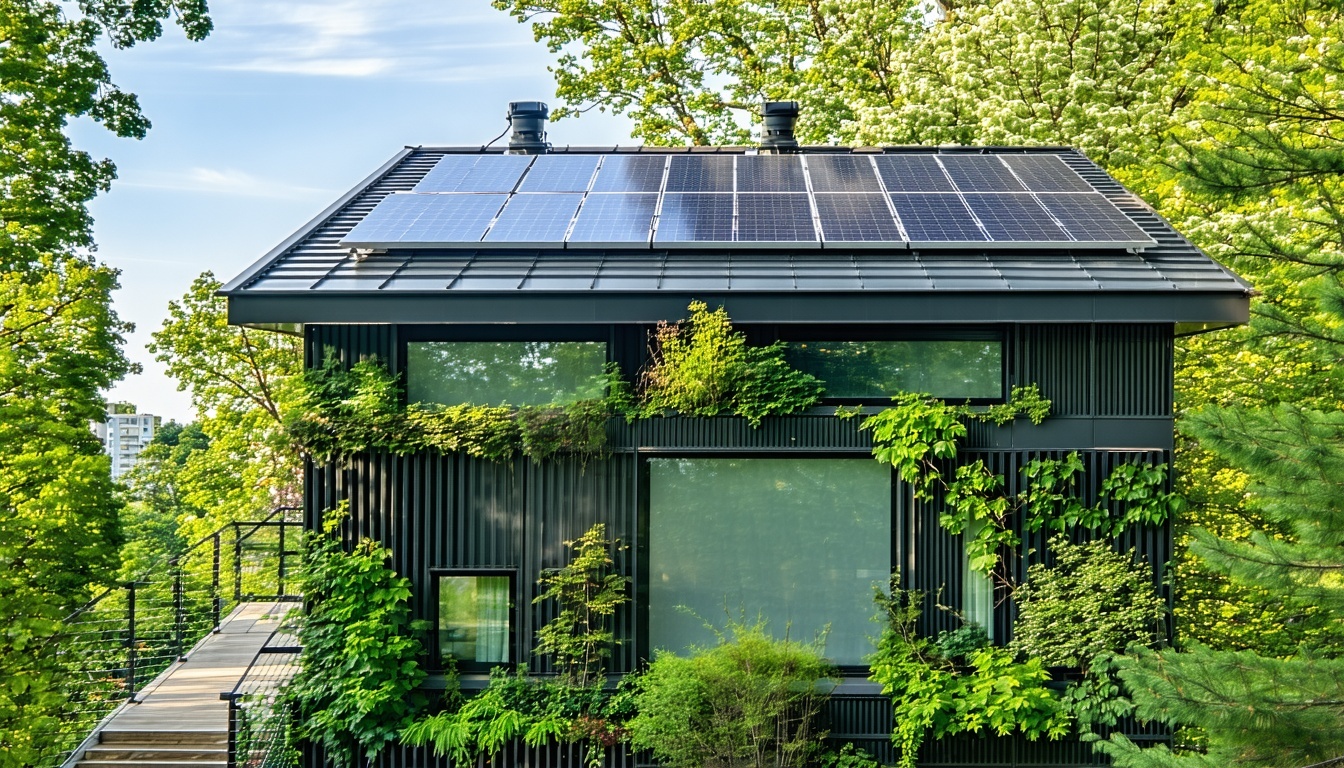Discover how Green Star Certification is revolutionising the construction industry by significantly reducing greenhouse gas emissions and promoting sustainable practices.
Understanding Green Star Certification
Green Star is Australia’s leading voluntary sustainability rating system for buildings and communities, developed by the Green Building Council of Australia (GBCA). This certification evaluates the sustainability of projects across multiple criteria, including energy and water efficiency, indoor environment quality, and materials used.
Achieving Green Star certification entails a rigorous process that verifies sustainable design, construction, and operational practices. This ensures that certified buildings not only meet but often exceed national standards for reducing environmental impact and enhancing occupant health and well-being.
If you want to learn more about Green Star certification and how it can benefit your project, please visit our Green Star service page. Here, you will find detailed information about the certification process, requirements and the many advantages of achieving a Green Star rating for your building.
How Green Star Certification Reduces Greenhouse Gas Emissions
Green Star certification plays a crucial role in minimising greenhouse gas emissions through sustainable building practices. Certified buildings are designed and constructed to be highly energy-efficient, significantly reducing the reliance on non-renewable energy sources.
By focusing on sustainable design principles, such as improved insulation, energy-efficient HVAC systems, and the use of renewable energy, Green Star-certified buildings can achieve up to 66% less electricity consumption and up to 62% fewer greenhouse gas emissions compared to non-certified buildings.
Key Benefits of Achieving a Green Star Rating
Achieving a Green Star rating offers numerous benefits, including substantial reductions in energy use, greenhouse gas emissions, and water consumption. Certified buildings can consume up to 66% less electricity, emit up to 62% fewer greenhouse gases, and use up to 51% less water.
In addition to environmental benefits, Green Star-certified buildings provide enhanced occupant health and comfort through better indoor air quality, natural lighting, and reduced exposure to harmful chemicals. These improvements can lead to increased productivity and well-being for building occupants.
Furthermore, Green Star certification can attract tenants, increase asset value, and reduce operating costs. It also helps buildings meet growing environmental, social, and governance (ESG) expectations, making them more attractive to investors and stakeholders.
Certified Energy’s Expertise in Green Star Certification
Certified Energy specialises in guiding clients through the Green Star certification process, ensuring that projects meet the stringent requirements set by the GBCA. From project registration to documentation and assessment, our experts provide comprehensive support to achieve the desired Green Star rating.
Our team’s deep understanding of sustainable building practices and detailed knowledge of the certification process allows us to help clients demonstrate leadership in sustainability. By achieving Green Star certification, clients can future-proof their investments and showcase their commitment to environmental responsibility.
Take the Next Step Towards Sustainability
Building owners, developers, and project managers looking to enhance the sustainability of their projects are encouraged to contact Certified Energy for expert Green Star certification support. Our team is ready to assist you in achieving a Green Star rating that sets your building apart in terms of environmental performance and occupant well-being.
Contact Certified Energy today to begin your journey towards a more sustainable future and make a lasting positive impact on the environment.







